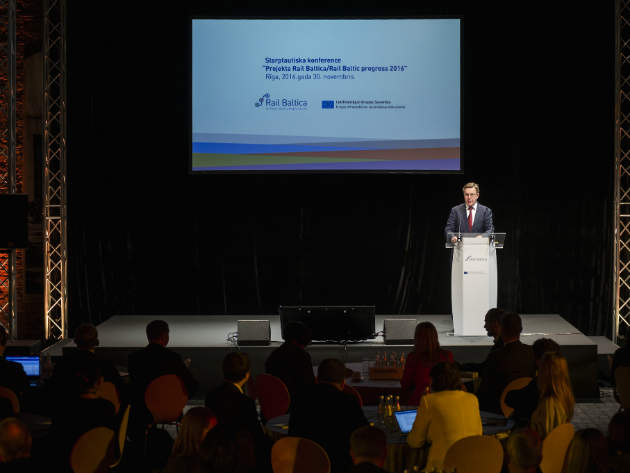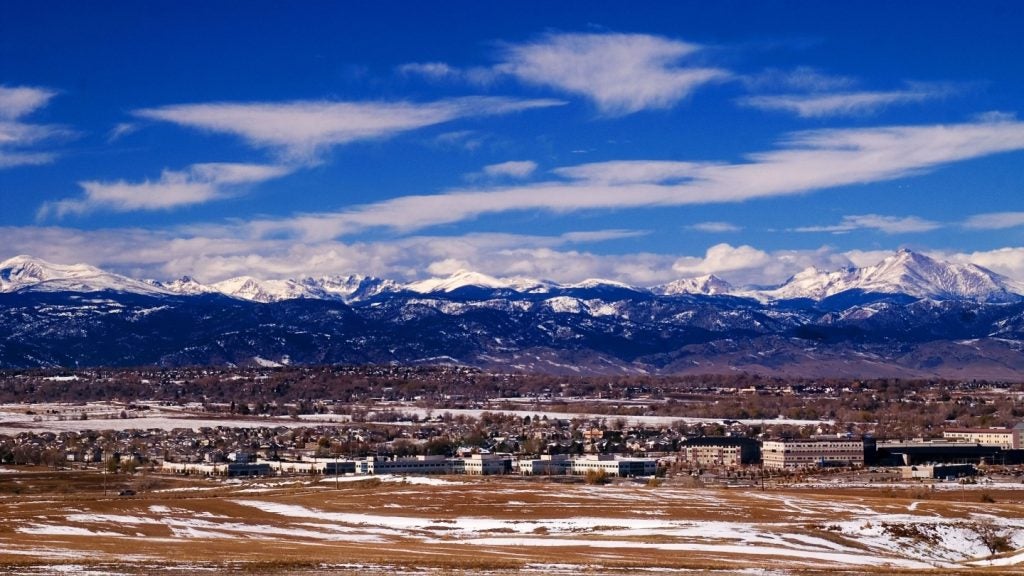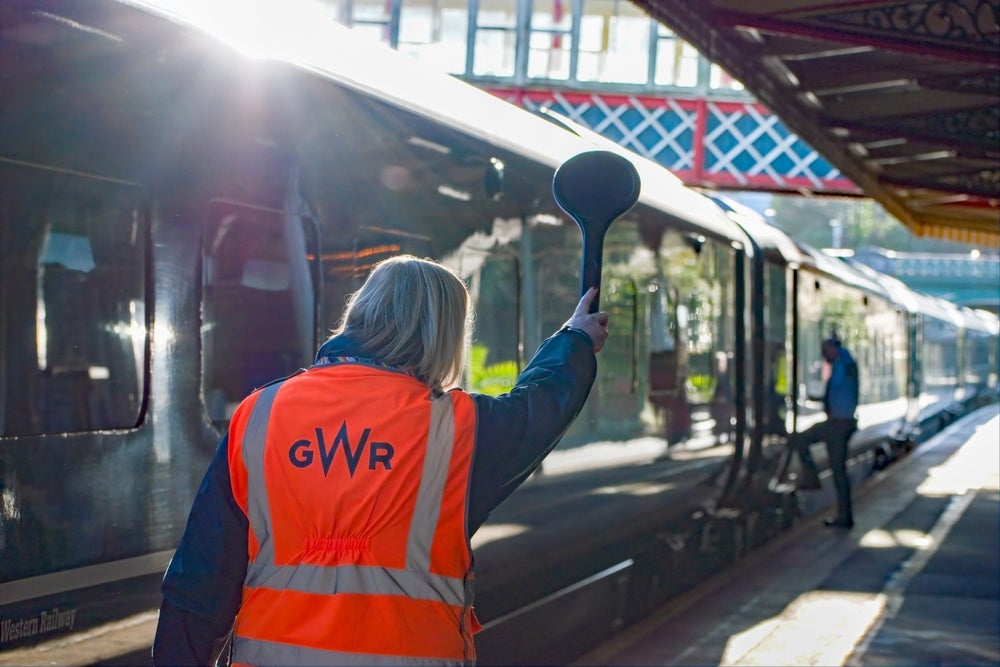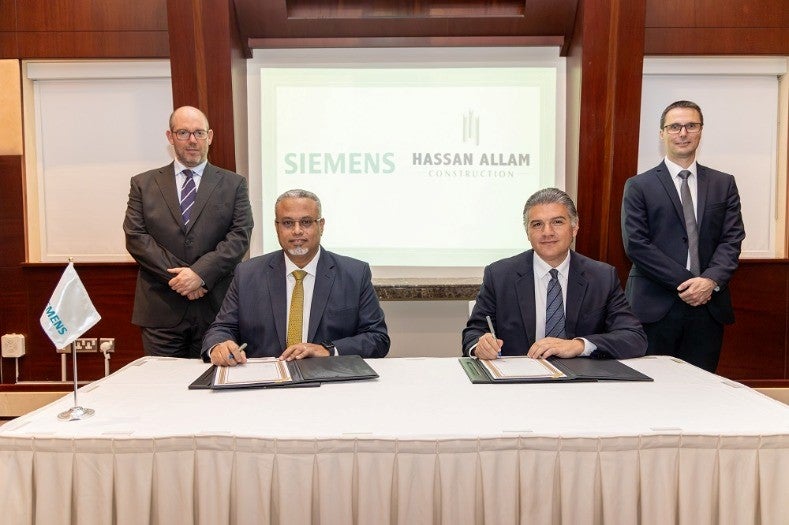
The idea to use rail transport to strengthen ties between the Baltic countries and the rest of Europe was first born in the 1990s, after the states regained independence from Soviet occupation.
The first feasibility studies into what would become Rail Baltica were organised in 2010, and since then it has become one of the top priority projects of the European Union’s Trans-European Transport Networks (TEN-T) programme, attracting €4bn of investment so far.
Rail Baltica’s goal is to integrate the Baltic nations of Lithuania, Latvia and Estonia in the European rail network, as well as Poland and, indirectly, Finland by prolonging the Tallinn-Helsinki connection, a 92km underwater rail tunnel currently under construction.
Future extensions to other European cities, such as Berlin and Venice, are also on the agenda.
On 31 January, the Prime Ministers of Latvia, Estonia and Lithuania signed a trilateral agreement on the implementation of the Rail Baltica project. Under the agreement, the countries committed to complete the project by 2025.
“The future passenger of the Rail Baltica currently is eight years old,” said Baiba Rubesa, CEO and chairperson of RB Rail, in her speech at the Progress of Project Rail Baltica 2016 conference in November. RB Rail is a joint venture between the three Baltic countries, which was established in October 2014, and is the central coordinator for the Rail Baltic / Rail Baltica project.
How well do you really know your competitors?
Access the most comprehensive Company Profiles on the market, powered by GlobalData. Save hours of research. Gain competitive edge.

Thank you!
Your download email will arrive shortly
Not ready to buy yet? Download a free sample
We are confident about the unique quality of our Company Profiles. However, we want you to make the most beneficial decision for your business, so we offer a free sample that you can download by submitting the below form
By GlobalData“For our next generation to develop the economies of the Baltic states and strengthen competitiveness of national countries, a much faster way to commute from point A to point B must be provided, as well as faster cargo flows and faster access to new services, knowledge and resources,” Rubesa added.
The region’s largest infrastructure project
With the ability to transport 16 million tonnes of cargo and five million passengers a year, Rail Baltica is set to be the largest infrastructure project ever undertaken in the Baltic nations.
The first section of the project, from the Polish border up to the Lithuanian city of Kaunas, was completed in October 2015. But despite its name, and the motivational boost it provided to all parties involved, the section runs alongside the old gauge railway already servicing the route and only supports trains up to 160km/h.
The remaining distance, known as Rail Baltica II, refers to the proposed 728km double-track electrified line connecting Kaunas, Riga and Tallinn, a much more challenging undertaking.
Construction of the new line is planned to start in 2018 and be finalised by 2025. In 2030, project organisers hope it will already be transporting two million passengers and nine million tonnes of cargo a year.
The railway will be fully electrified, cutting down on emissions, and the newest generation of European railway traffic management system (ERTMS) will be used to control the 240km/h trains. Although it will slash through three counties, the cross-border route was planned so that it avoids protected natural areas in its path, while noise protection barriers and special animal passages will also be incorporated along the route to minimise habitat disruption.
Each of the host countries will see new intermodal freight terminals built, which will serve a wide network of urban, regional and long-distance services, complete with car and bike parking, shopping and recreation areas.
So far, 85% of the project’s funding has come from the European Union, and in February this year, the RB Rail partnership submitted a new grant application under the EU’s Connecting Europe Facility for the completion of the design and construction of the railway. According to the project’s website, the investment is expected to generate 11,900 jobs.
No longer insular economies
Speaking at the inauguration of the RB Rail project, Latvia’s Transport Minister Anrijs Matiss said, “I want to emphasise that the greatest beneficiaries of this project will be the Latvian, Lithuanian and Estonian citizens, who will be able to easily travel to any Baltic country and other destinations in Europe in the near future.”
The project promises to represent an “important catalyst of continued economic development” for the three states, both by the creation of jobs during the construction phase and by enhancing market accessibility, trade competitiveness and foreign investment,” according to its website.
“The physical infrastructure shall serve as an enabler for the emergence of a whole new economic corridor,” the site says, setting in motion “a powerful virtuous circle of transnational regional integration”.
At present, passengers of the three Baltic states predominantly rely on air connectivity, while freight is best transported by short sea shipping services. Therefore, Rail Baltica is seen as eliminating the ‘missing link’ in the Baltic’s accessibility to the European single market.
In Latvia, a new connection will be established between Riga International Airport and the capital’s railway station as part of the project. By 2022, the rail station will also be converted into a multimodal passenger terminal that will serve the country’s 15 regions.
A recent survey by Latvian communications firm SIA revealed that 89% of Latvian residents support the Rail Baltica project, and approval rates are continuing to grow.
To the south, Lithuania expects the project to allow for the creation of new container train routes and increased freight volumes. Various parts of the transport infrastructure along the route will be reconstructed, installed and built, including 18 bridges, 125 passages, six railway stations and 20 platforms, among others. So far, Lithuania has received €310m in grants from the Connecting Europe Facility towards the Rail Baltica implementation.
In an editorial for Estonian World, economist and Teleport business developer Kristjan Lepik argued that connectivity is currently one of the Baltic’s biggest disadvantages: “If we were a single region thanks to connectivity and able to get to work from Tallinn to Riga in two hours, it would tie the Baltics into a single region considerably more,” he wrote. “Estonia, Latvia and Lithuania are small in population, but we would be stronger when united.”
All eyes turn north as pressure mounts
Due to its scale and complexity, the project is facing a host of challenges, the biggest of which is replacing the old Soviet-style 1,520mm gauge currently in operation with the standard European 1,435mm gauge double-track.
In April 2016, transport and corporate governance experts got together in Riga for the Rail Baltica Governance Conference 2016, which aimed to evaluate the key issues associated with the project’s implementation.
Speaking at the conference, KPMG Baltics director Julija Masane-Ose said: “To date, we have not had projects of equal scale with this extensive regional participation and such a large number of participants. For that reason, making this a success story calls for a serious evaluation of the world’s experience in governance of similar projects.
“It largely depends on the governance mechanisms introduced during the project, how smoothly Rail Baltica will progress and how efficiently resources will be used.”
The transparency involved in procurement procedures was also identified as one of the most important hurdles by Rubesa, who suggested one single operator be put in charge of train services across all three Baltic countries.
Over the course of this year, the project is expected to advance smoothly, but the responsibility now weighs heavily on the project managers, who are tasked with proving the project’s worth to the EU before the release of construction funds after 2020.







